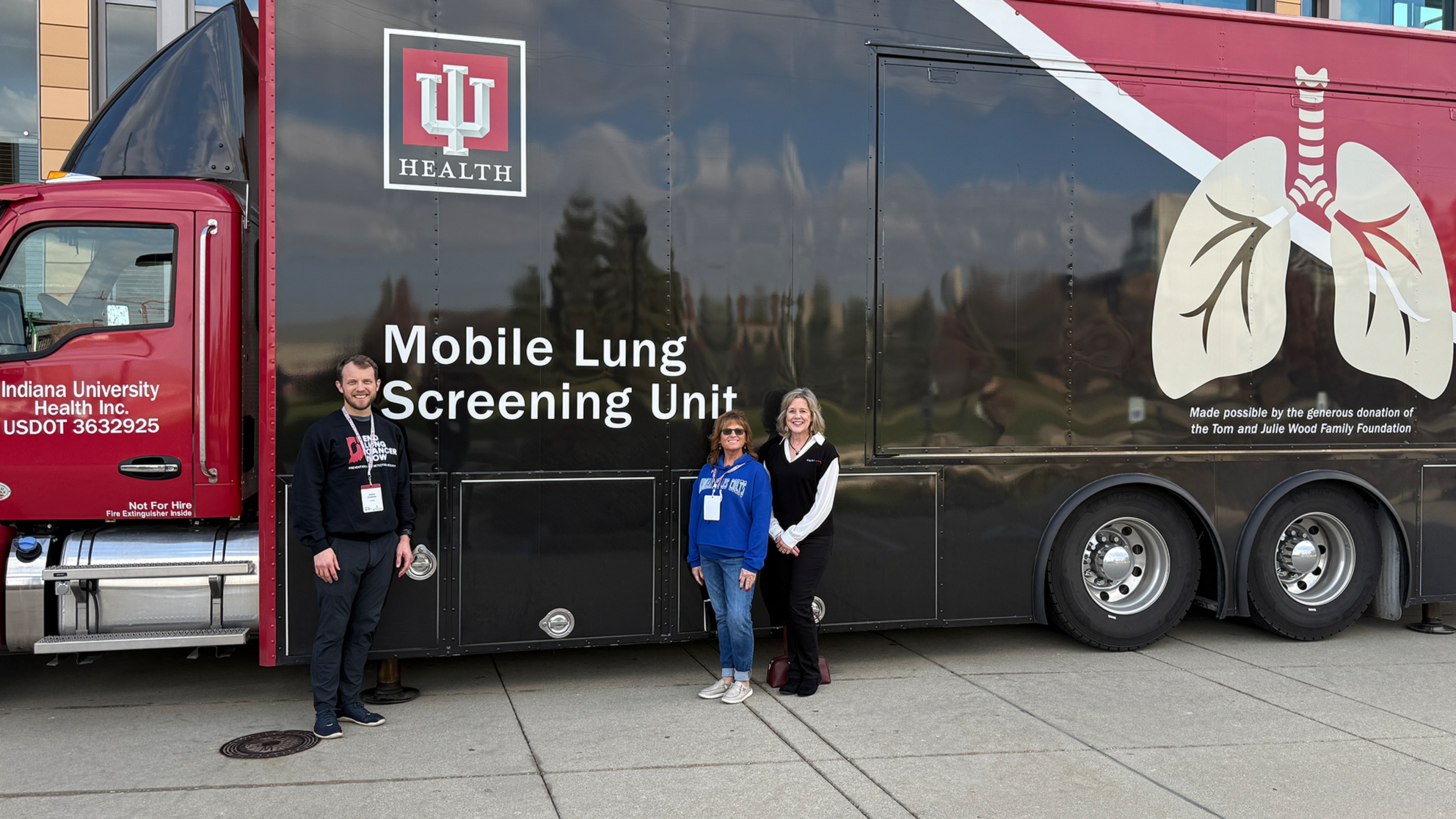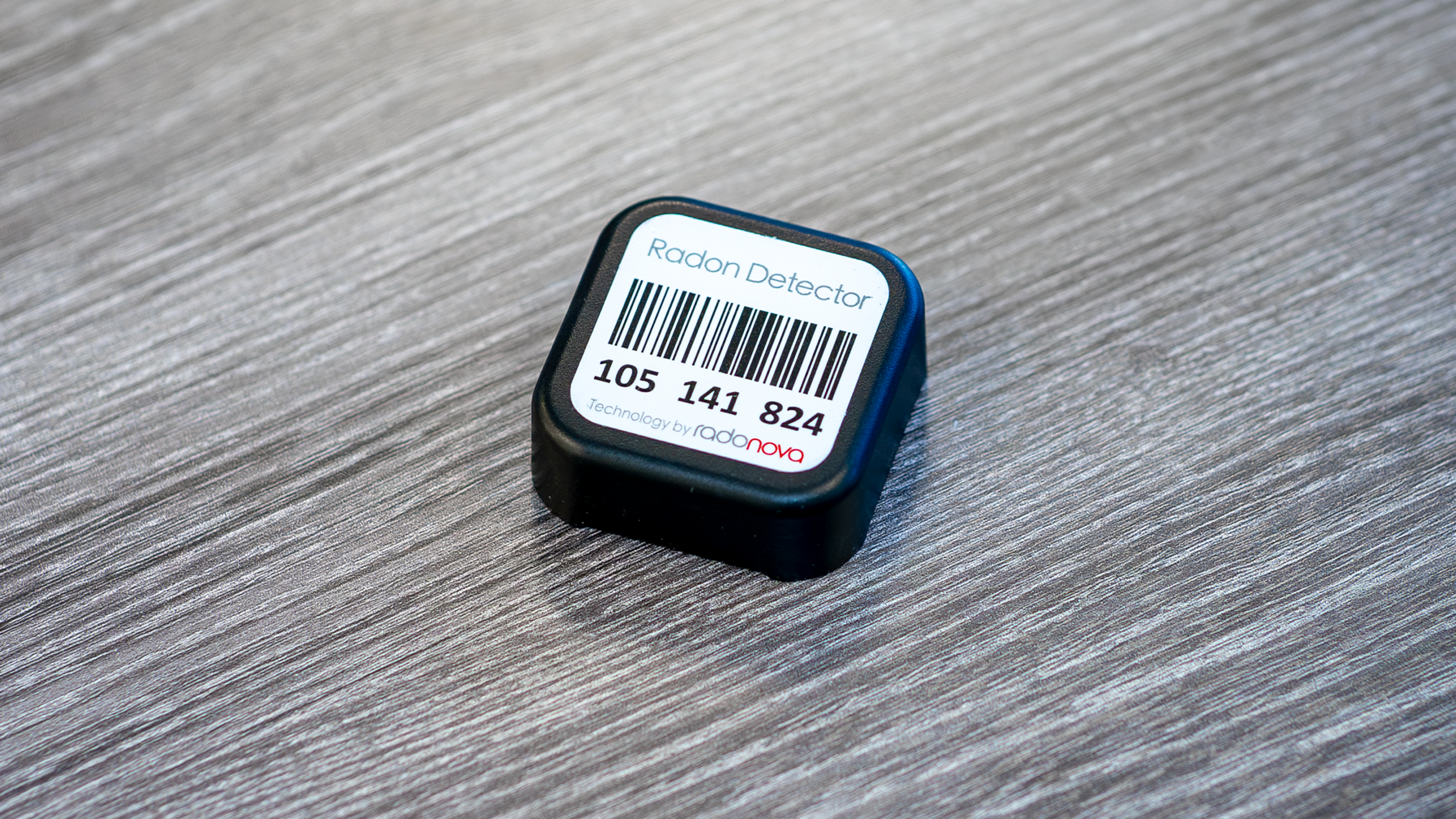

Is Radon Heavier Than Air? Learn Why It Matters
You can’t see it, smell it, or taste it – but radon could be quietly building up in your home right now. This invisible threat is the leading causes of lung cancer among non-smokers, yet many homeowners remain completely unaware of its presence.
Radon is a naturally occurring radioactive noble gas that forms from the radioactive decay of uranium in soil, rock, and groundwater. While it’s part of the Earth’s natural processes, radon poses a significant risk when it enters homes because it’s both invisible and odorless, it is not easily detected.
This gas can seep into buildings through cracks in foundations, basement floors, walls, or around utility entry points. Once inside, it can accumulate to dangerous levels without any obvious signs.
Understanding radon gas and its unique physical characteristics is vital for protecting your home and health. One of the most significant traits influencing radon movement indoors is its molecular weight, which determines how it behaves in different indoor environments.
In this post, we’ll explore how radon compares to air in weight, how it moves indoors, where it accumulates, and what testing and mitigation options are available.
Is Radon Heavier Than Air? The Scientific Answer
Scientifically speaking, yes radon significantly heavier than air. While ambient air has an average molecular weight of approximately 29 atomic mass units (AMU), radon weighs in at about 222 AMU. This makes radon roughly 7.5 times heavier than air.
But what does that mean for your home?
Describing a gas as “heavier than air" refers to its tendency to settle in lower areas due to gravity. However, this doesn’t mean radon stays perfectly still near the floor. Indoor airflow patterns, ventilation, temperature shifts, and pressure differentials allow radon to mix and move around.
Still, the radon gas density compared to air is an important factor, as it tends to cause higher indoor radon concentration in basements, crawlspaces, and the lowest parts of a structure.
This leads many homeowners to ask, where does radon settle? While it doesn’t sit still, areas with poor air circulation and limited natural ventilation – like basements – are consistent locations for high radon levels.
How Radon Moves Indoors and Where It Accumulates
Radon enters homes through any structural breach that connects indoor air to the soil below. These include cracks in concrete slabs, gaps around service pipes, and even construction joints. Its entry is driven by the pressure difference between the inside of a home and the surrounding soil, which essentially pulls indoor radon up through the foundation.
Because radon is denser than air, it tends to accumulate in lower levels of the home, making basement areas a frequent concern. Crawl spaces which are often unsealed and poorly ventilated can also serve as concentrated collection points for radon.
Radon and air circulation influence how radon gas spreads. For example, heating and cooling systems can distribute radon level fluctuations across multiple floors. That’s why the best place to test for radon isn’t always the most obvious. It's typically recommended to test the lowest livable area of the home, even if you don’t spend much time there.
Choosing a Radon Testing Kit
There are many reasons to test for radon, but often the most important is this: testing is the only way to know if your indoor radon concentration poses a risk. Since symptoms of radon exposure don’t appear until after prolonged periods, proactive monitoring is essential.
At Radonova, we offer a range of accurate, lab-analyzed radon testing kits suited for all needs:
- QuickScreen: A charcoal-based, short-term radon test for getting a quick snapshot of your radon levels. Ideal for real estate transactions or initial assessments.
- Rapidos: A short-term alpha track test that covers a window of 10 to 90 days. This is a reliable middle-ground option for identifying indoor radon level trends.
- Radtrak³: Our long-term alpha track device, designed to provide yearly averages. This is the most accurate method for understanding long-term exposure risks.
All of our kits are supported by an ISO-certified laboratory, simple instructions, and fast shipping. Whether you need to test a single room or conduct a comprehensive large scale radon measurement project, or continuous radon monitoring, we provide trusted tools to support your safety.
Radon Mitigation Based on It's Heavier-Than-Air Properties
Once a test reveals elevated levels, radon mitigation becomes the next priority. There are several strategies for reducing radon indoors, and they are largely based on the fact that radon tends to concentrate near ground level.
The most effective method is active soil depressurization. This system involves installing a vent pipe and fan that draws radon from beneath the foundation and releases it above the roofline, preventing it from entering the home. This works well because it directly addresses radon at the source.
For homes with crawlspaces, another solution involves laying a plastic barrier over the soil and venting the area below it to the outdoors. This significantly reduces radon in crawlspaces, a common problem area due to porous ground and stagnant air.
Ventilation can also play a part in lowering indoor radon, but it should be seen as a supporting tactic – not a standalone solution. Increasing airflow can help dilute radon levels, especially in upper floors, but will not prevent accumulation in basements without more direct mitigation.
Why Radon’s Weight Matters and What to Do Next
Understanding whether radon is denser than air isn't just a scientific curiosity – it’s a crucial factor in how we protect homes and families. Because radon is heavier than air, it collects in low areas and can reach hazardous levels without any noticeable signs.
The impact of radon gas exposure on health is well-documented. Long-term exposure is linked to lung cancer and is especially dangerous because symptoms often appear only after years of inhalation. Regardless of whether you are living in a new build or an older home, radon testing should be a routine part of your home safety plan.
At Radonova, we’ve spent years developing accurate, affordable, and easy-to-use testing kits to help families stay informed. From short-term QuickScreen tests to long-term Radtrak³ analysis, we offer solutions for every home and situation. If a Rapidos short-term test reveals elevated readings, our support team is here to guide you through next steps, including radon mitigation strategies.
Have questions about the right radon test kit for your space? Or wondering how to interpret your radon test results? Contact us today to speak with our knowledgeable staff and take the next step in protecting your home. Don’t leave something this important to chance – accurate testing is the first step toward peace of mind.
Click here to stay informed about radon industry news and product discounts.
Published
June 10, 2025





